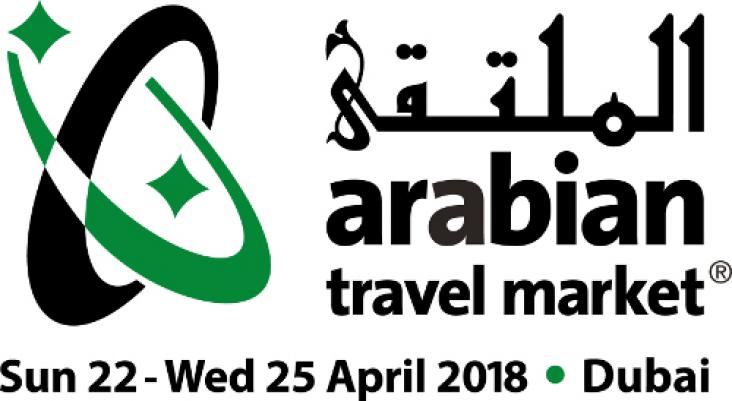Successful Food-energy-water (FEW) nexus projects will be more likely to succeed if a transdisciplinary approach is used.

Scottish farmers have been using clean energy technology normally used by buses and bin lorries to power their farm machines, helping to reduce emissions and make efficiencies. This helps to advance both goal 7 and goal 12.
Linking to Goal 12, this is the UN Global Compact Sustainable Supply Chains website

This article highlights the winning proposals of the third edition of the Elsevier Foundation Green & Sustainable Chemistry Challenge. The winning proposals were chosen for their innovative green chemistry aspects and their large positive impact on the environment, contributing to SDGs 2, 12, 13 and 15.
With increasing pressure on chemical solutions to pests and diseases from the public, and growing resistance from plants as well as the risk to bees and other beneficial insects, farmers urgently need viable alternatives. Farmers Weekly talked to a UK farmer who is relying on biological controls to keep his oilseed rape healthy and yields profitable. This helps support SDG 12 - responsible consumption and production.

World Travel Market Responsible Tourism unites the global travel industry, companies, organisations and professionals alike, to share sustainable practices and ethical methods and drive the responsible tourism agenda. Tourism is mentioned specifically in Goal 8, 12 and 14. 2017 was the UN International Year for Sustainable Tourism for Development, with dedicated panel sessions examining what the industry can do to meet its commitments across a range of the goals.
As the technologies we use as a society have advanced, so have the materials used in these technologies.
Over the past decade, raw material price spikes have called attention to the supply security of a variety of critical materials, including rhenium, rare earth elements, and helium.
According to the reports on critical raw materials for the EU, a raw material is considered critical if it has a high economic importance to the EU combined with high supply risk.
